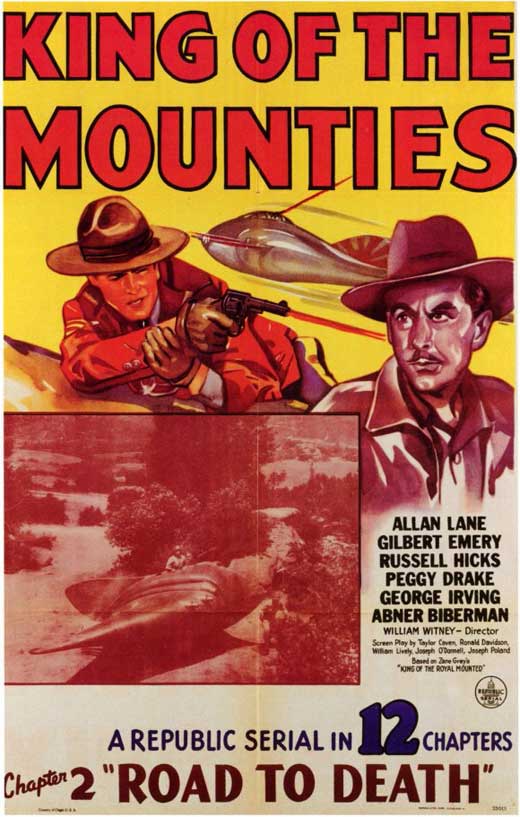Even though it doesn't get too awfully heated at Town Meeting, during the slow bits I always think Murder at Town Meeting would be a great plot for a New England mystery. I can visualize one of the more cantankerous types taking a bathroom break, stopping at the Historical Society's hallway table for a cup of coffee and a homemade brownie, then dropping stone dead 15 minutes later in mid-harangue. Was it a stroke, a heart attack, or was he actually––cue portentous music here––murdered?
During my recovery from Town Meeting, I let art wash over me in the form of one of my favorite caper movies of all time, How to Steal a Million, featuring Audrey Hepburn and Peter O'Toole during their most youthful, chic and charming stage of life. The flick is set and was filmed largely in Paris in the 1960s. Audrey plays Nicole Bonnet, the entirely Givenchy-clad daughter of Charles Bonnet, a famed art collector. What nobody but Nicole knows, though, is that behind the false back of an upstairs wardrobe is an art studio where her beloved Papa (played by the extravagantly eyebrowed Hugh Griffith) forges Impressionist paintings, following in the footsteps of his father, who faked sculptures, like the prize of Bonnet's collection, the Venus statue, ostensibly carved by Benvenuto Cellini.
 |
| Hugh Griffith as Charles Bonnet |
Nicole's first thought is to ask Simon Dermot to steal the statue. Why? Well, she thinks that's Simon’s profession. Her assumption makes sense, when you consider that she first encounters him, at the beginning of the movie, when she finds him in her living room in the dark of night, apparently lifting a valuable painting. She wings him with an inadvertent shot from an antique pistol, he charms her into giving him a ride "home" to the Ritz Hotel, and there's that "meet cute" that every romantic comedy needs.
 |
| The Bonnet house on rue Parmentier |
 It's an exuberant movie, filmed in eye-popping color-saturated CinemaScope and filled with witty repartée and chemistry to burn between Hepburn and O'Toole. I could watch it again right now. Or maybe I should pull out my DVD of that other Audrey Hepburn classic caper, Charade, with Cary Grant. What to do?
It's an exuberant movie, filmed in eye-popping color-saturated CinemaScope and filled with witty repartée and chemistry to burn between Hepburn and O'Toole. I could watch it again right now. Or maybe I should pull out my DVD of that other Audrey Hepburn classic caper, Charade, with Cary Grant. What to do?Are you wondering if I'm ever going to talk about any mystery books? Well, frankly, I'm behind on my reading. I'm listening to Christopher Fowler's Bryant & May and the Burning Man when I walk the dog. It's fantastic, but it's currently only available in the US on audio, so I'll save a full review for a date closer to the publication of the US print and ebook versions.
Tell you what, though. Since we're talking about humorous crime, how about a list of the 2014 books up for the Last Laugh (humorous crime novel) Award at this weekend's CrimeFest international crime fiction convention in Bristol, UK? Here you go:
Lawrence Block: The Burglar Who Counted the Spoons
Declan Burke: Crime Always Pays
Christopher Fowler: Bryant & May and the Bleeding Heart
Shane Kuhn: Kill Your Boss (published in the US as The Intern’s Handbook)
Chris Pavone: The Accident (This was supposed to be humorous? That might explain what I was missing when I read it.)
L. C. Tyler: Crooked Herring (winner)
I hope you all have a wonderful and caper-filled spring weekend, even if your capers are just in a piccata sauce.




















